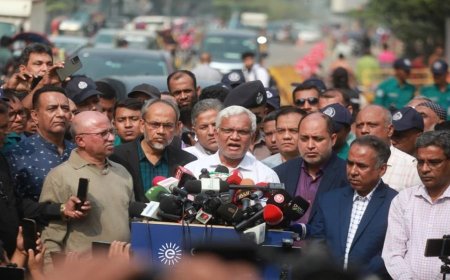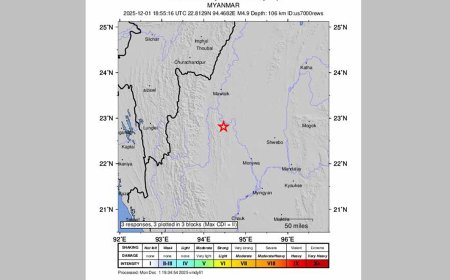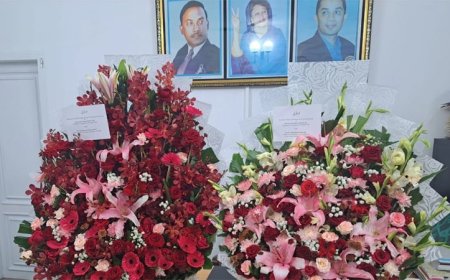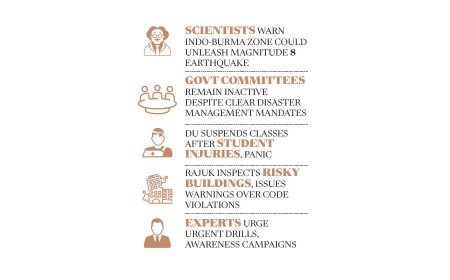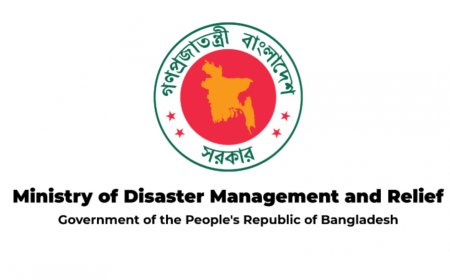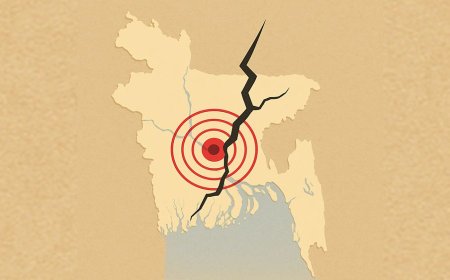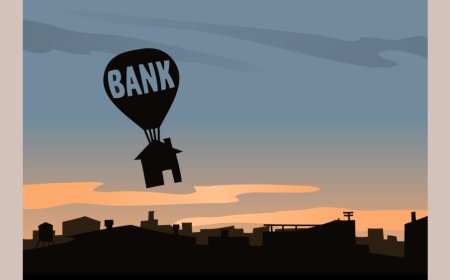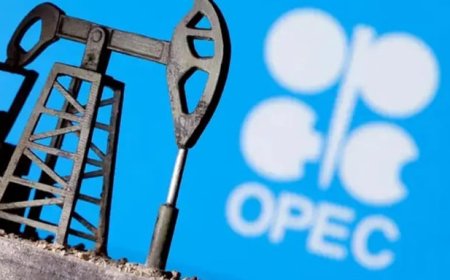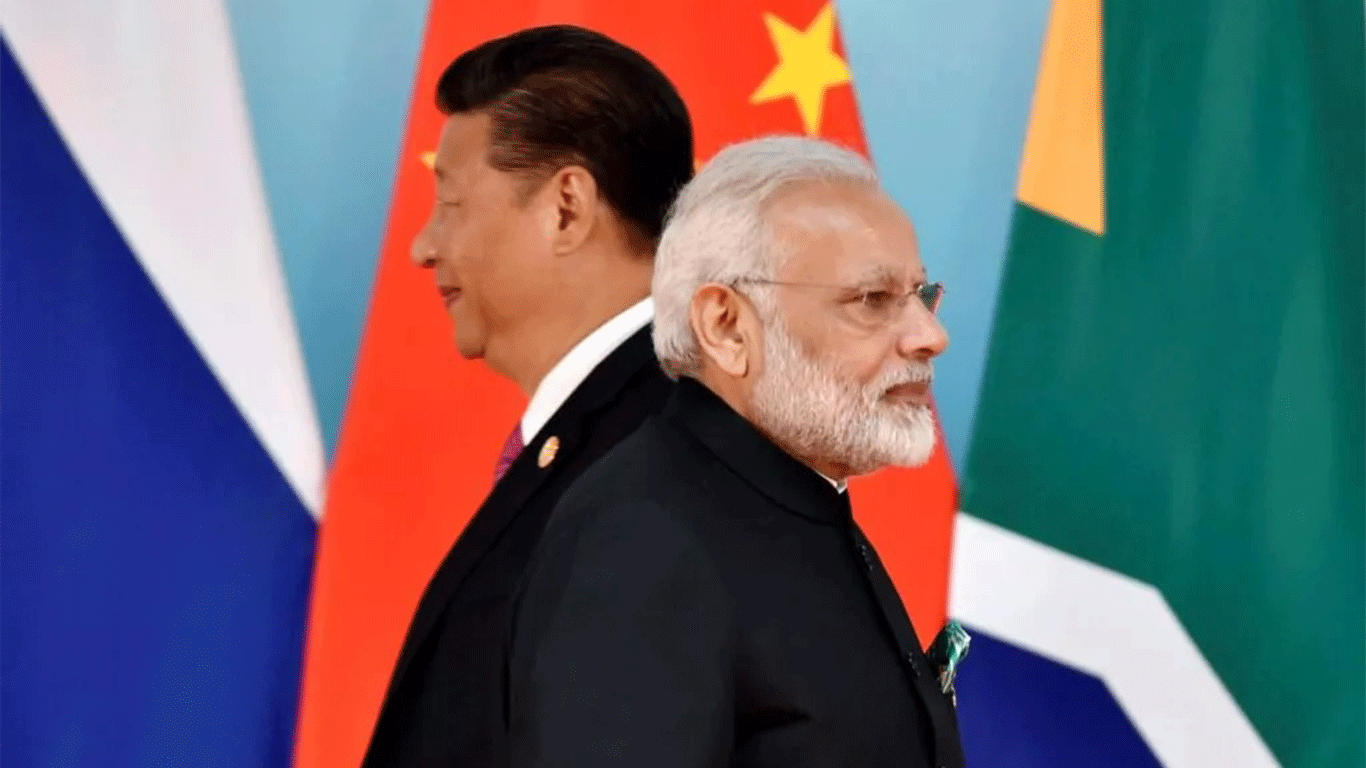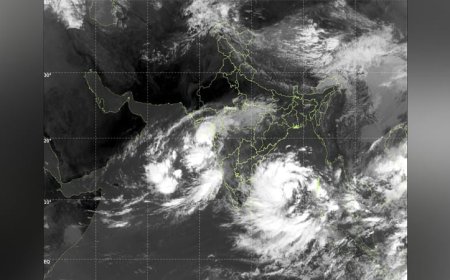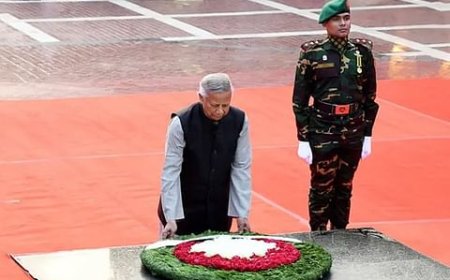Gas Crisis: Worsening Challenges Ahead as Production Declines
Gas Crisis: Worsening Challenges Ahead as Production Declines

Gas Crisis Deepens in Bangladesh: Worsening Shortages for Households and Industries
Residents in Dhaka, Gazipur, Narayanganj, and other areas across Bangladesh are facing acute gas shortages. Many are forced to wait until late at night to cook, as gas supply is unavailable during the day. This crisis is disrupting daily life and hindering operations in export-oriented industries, leading to significant production challenges.
Reduced Production Amid Growing Demand
Although gas demand typically decreases in the power sector during winter, allowing for increased supply to industrial and residential sectors, this year’s supply has instead declined. Domestic gas production has dropped due to the depletion of local gas fields, leaving consumers struggling even during the winter months.
The country’s daily gas demand currently stands at 3.8 billion cubic feet, with a manageable supply benchmark of 3 billion cubic feet. However, actual supply has fallen to 2.5 billion cubic feet per day.
Bangladesh once produced 2.7 billion cubic feet of gas per day, but production has been steadily declining since 2018. Production now hovers around 1.93 billion cubic feet, compared to 2–2.1 billion cubic feet in previous years. Experts attribute this decline to insufficient investment in exploration and inefficient management by the energy sector.
Challenges in Exploration and Production
Despite significant reserves in fields like Titas and Kailashtila, production has stagnated due to outdated technology and inadequate technical planning. Meanwhile, the Bibiana gas field, once producing 1.3 billion cubic feet daily, now produces only 980 million cubic feet as reserves dwindle. Efforts to explore offshore and onshore gas fields have made little progress.
Although the government planned to drill 50 new wells by 2025, only 16 have been completed in three years. The lack of urgency and limited activities in offshore gas exploration further exacerbate the crisis.
Consumer and Industrial Struggles
In Dhaka, residents in areas like Mohammadpur, Dhanmondi, Mirpur, and Uttara report severe shortages, with gas available only late at night. Similar struggles are faced in Gazipur, where gas pressure is so low that households and industries are turning to costly alternatives such as LPG cylinders and electric stoves.
Industries in areas like Narayanganj and Gazipur are among the hardest hit. Factories are experiencing critically low gas pressure, with some receiving just 1–2 PSI instead of the usual 10–15 PSI. As a result, production costs are soaring as businesses rely on diesel and CNG-powered generators. Some factories have shut down entirely, citing the inability to sustain operations.
Import Dependency and LNG Challenges
The government’s reliance on imported LNG to offset production deficits has proven unsustainable. LNG imports currently meet 25% of the total demand, with a daily import capacity of 1.1 billion cubic feet. However, the lack of additional terminals has limited the ability to increase LNG imports. Maintenance shutdowns of floating LNG terminals have further exacerbated the crisis, disrupting supply chains.
The Path Forward
Experts stress the need for immediate action to mitigate the crisis. Mohammad Saiful Islam, secretary of the energy and mineral resources division, acknowledged that the problem cannot be resolved overnight. Short, medium, and long-term strategies are being developed, with a focus on increasing domestic production through exploration and better management.
Despite these plans, the current reserve of 8 trillion cubic feet (TCF) could sustain production for only eight more years at the current rate. Without new discoveries and accelerated exploration efforts, the crisis is likely to worsen.
The government is also considering a new gas price hike, which would raise industrial gas costs from Tk 30 to Tk 75.72 per unit. Experts warn that such measures could disproportionately burden consumers and industries, further complicating efforts to stabilize the market.
Conclusion
The gas crisis in Bangladesh highlights the pressing need for enhanced exploration, better management, and diversification of energy sources. Without significant reforms and investments, both households and industries face a prolonged period of hardship, with mounting costs and disrupted livelihoods.
What's Your Reaction?







